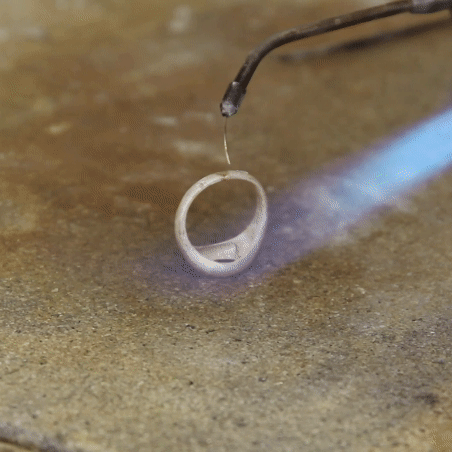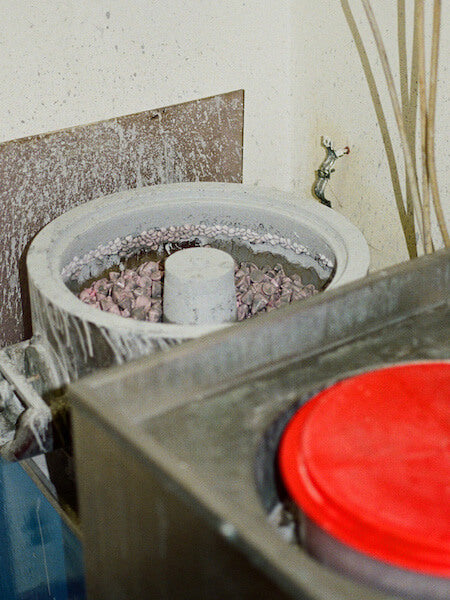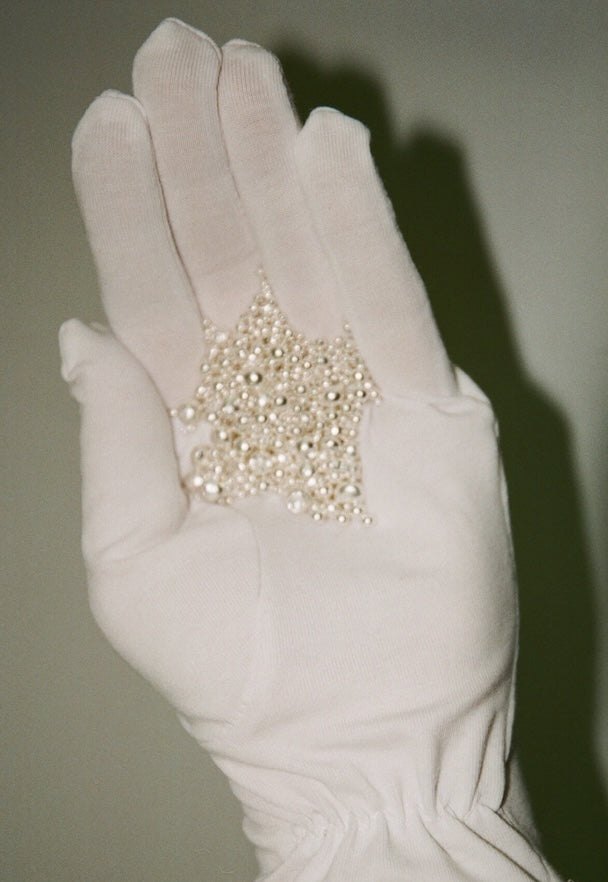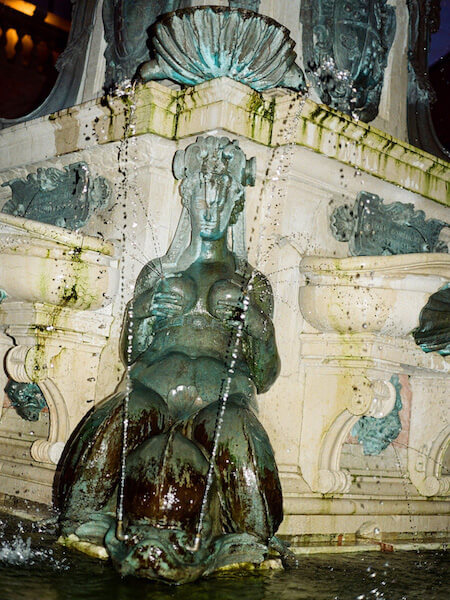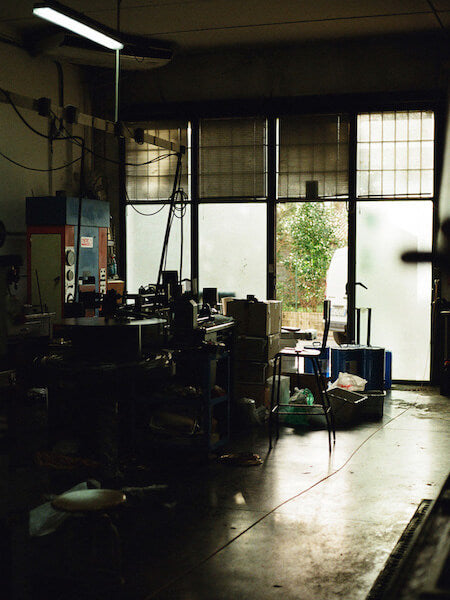Our current production facility is located in the heart of Italy. It is a female-run company that makes jewellery from certified recycled silver using renewable energy.
Our pieces are crafted in small batches which helps avoid overproduction. We carry out shipping by land transportation in all cases, except for order delivery to our overseas customers.
Most of our jewellery is made by traditional casting. To recreate the same shape hundreds of times, craftspeople use silicone moulds which a first filled with wax. These wax models are arranged together and put into the oven-like machine. As the wax pours out, silver immediately takes place and sets into the shape of future jewellery.
After many rounds of polishing, mounting, and other finishing touches, the pieces go through the final quality check. The approved batch is then shipped to Berlin, from where all online orders are packed and handed over for delivery.

